Nature's creativity has no limits, and some of the most fascinating animals stand out because of their unusual, fuzzy appearances. From deep-sea crabs to algae-covered turtles and furry pigs, these creatures have evolved their unique features for survival in specific environments. Let’s explore a few more of the world’s furriest and most interesting animals.
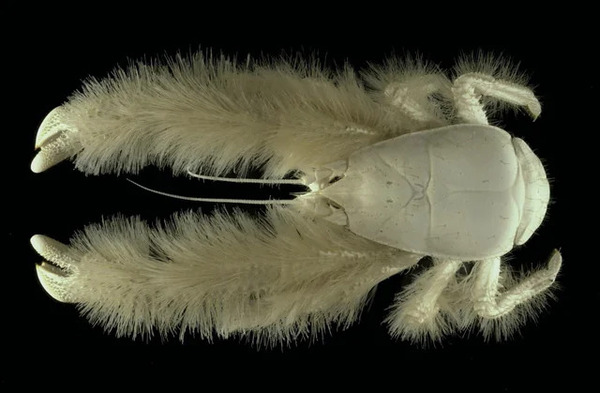
Deep in the Pacific Ocean, near hydrothermal vents, lives the Yeti Crab (Kiwa hirsuta), a creature that looks like it’s wearing a fluffy coat. Discovered in 2005, this crab measures around 15 centimeters and has soft, yellow-white hair covering its legs and claws. The "fur" is home to bacteria that may help the crab detoxify the chemicals in the water near these toxic vents. Some scientists also suggest the crab might feed on these bacteria, making them part of its survival strategy.
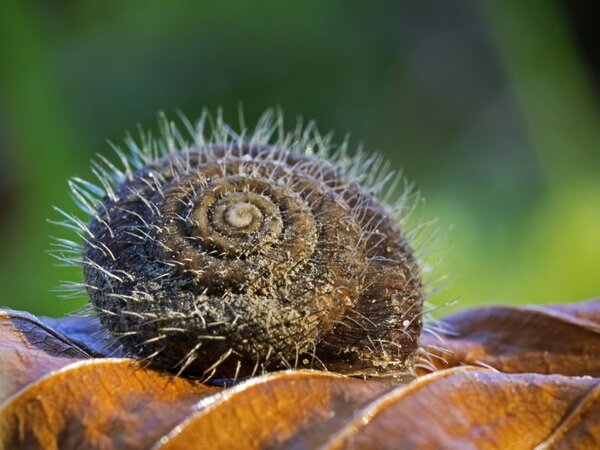
The Hairy-Shelled Snail (Trichochlamys) stands out for its unique fur-covered shell. Unlike most snails, which have smooth, spiral shells, this snail's shell is covered with tiny, hair-like structures that help it blend into its environment. Found in dark, damp habitats like leaf litter and undergrowth, the hairs help the snail collect small particles, like sand and decaying leaves, providing it with natural camouflage. The hairs may also help the snail retain moisture, aiding its movement.
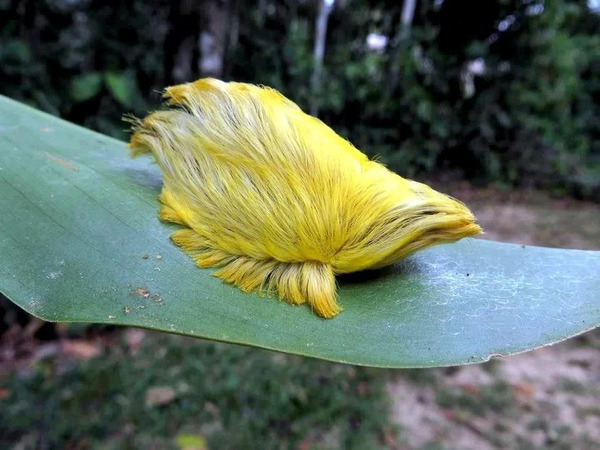
The Flannel Moth Caterpillar (Megalopyge opercularis) is a deceptive ball of fluff. While its dense, velvety hairs look soft, they hide venomous spines capable of delivering painful stings. Found in North and Central America, this caterpillar’s fur ranges in color from cream to bright orange. When threatened, its hairs inject venom, causing skin irritation, pain, nausea, and even dizziness. Despite its cute, cotton-ball-like appearance, this caterpillar is best admired from a distance.
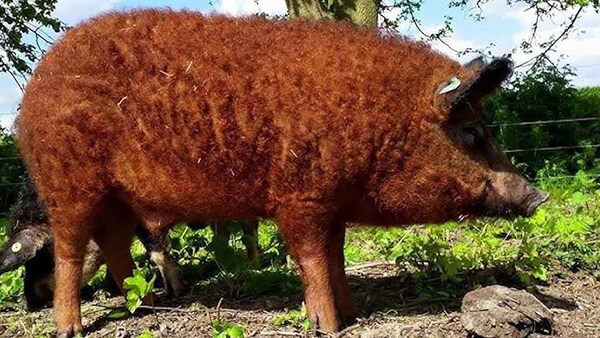
The Mangalitsa Pig is another surprisingly furry creature. This Hungarian breed of domestic pig looks more like a sheep than a traditional pig, thanks to its curly, woolly coat. Mangalitsa pigs were bred in the 19th century by crossing Hungarian pigs with wild boars, giving them their unique thick fur, which helps them endure cold climates. Although they nearly disappeared by the 1950s due to changing consumer preferences for lean meat, conservation efforts have helped save the breed, and today, they are prized for both their wool and meat.
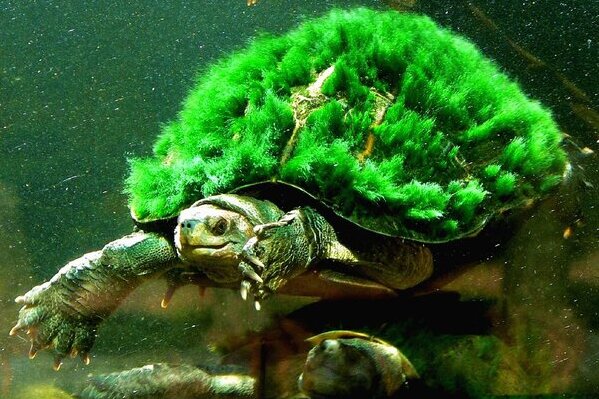
The Green-Haired Turtle is not naturally green but gains its distinctive look from algae growing on its shell. These freshwater turtles, found in rivers and lakes, move slowly enough for algae to attach to them. Over time, the algae form long, green strands, making it seem as though the turtle has sprouted hair. The most famous of these is the Mary River Turtle, an endangered species in Australia, which sports a striking mohawk-like "hairdo" from the algae growing on its head and shell.

Though long extinct, the Woolly Mammoth (Mammuthus primigenius) remains one of history’s most famous furry animals. Covered in long, thick hair and a layer of fat, this Ice Age giant was well adapted to the freezing temperatures of the tundra. Their shaggy coats and large size helped them retain body heat in the extreme cold. While mammoths went extinct around 10,000 years ago, scientists have recently been exploring ways to bring them back through cloning and genetic engineering.
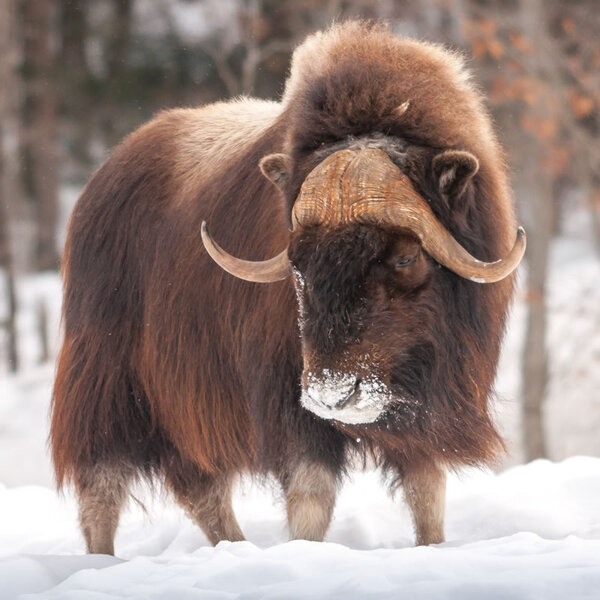
The Musk Ox (Ovibos moschatus) is one of the Arctic’s most iconic animals, thanks to its thick, woolly coat. Found in the tundra regions of North America and Greenland, this large herbivore can withstand harsh winter conditions because of its long, shaggy hair, which reaches almost to the ground. Underneath its outer coat, the musk ox has a layer of fine wool called qiviut, one of the warmest natural fibers known to humans. Despite the freezing temperatures in its habitat, the musk ox stays cozy in its luxurious fur.

The Emperor Tamarin (Saguinus imperator), native to the rainforests of South America, may not be as woolly as the other creatures on this list, but it sports one of the most impressive mustaches in the animal kingdom. This small monkey has long, white, whisker-like hairs that give it a distinguished, regal appearance. Despite its comical look, the mustache helps the tamarin attract mates and is thought to be an indicator of age and maturity.
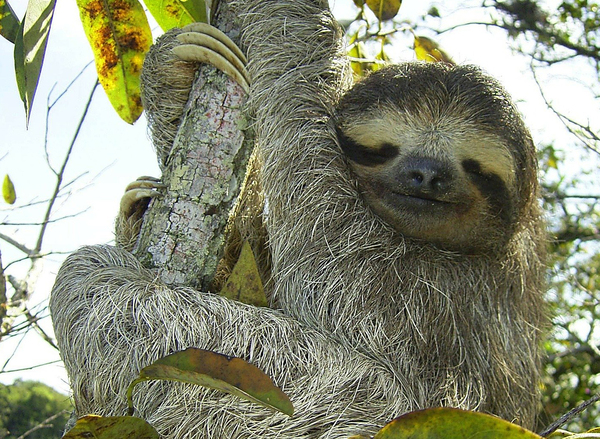
The Pygmy Three-Toed Sloth (Bradypus pygmaeus) is a slow-moving creature that spends most of its life hanging from trees in the mangrove forests of Panama. While its fur is not particularly thick, it’s covered in a unique type of algae that gives the sloth a greenish tint, providing it with camouflage. The algae also create a micro-ecosystem on the sloth’s body, attracting moths and other small insects. This symbiotic relationship helps the sloth blend into its environment while giving the insects a home.
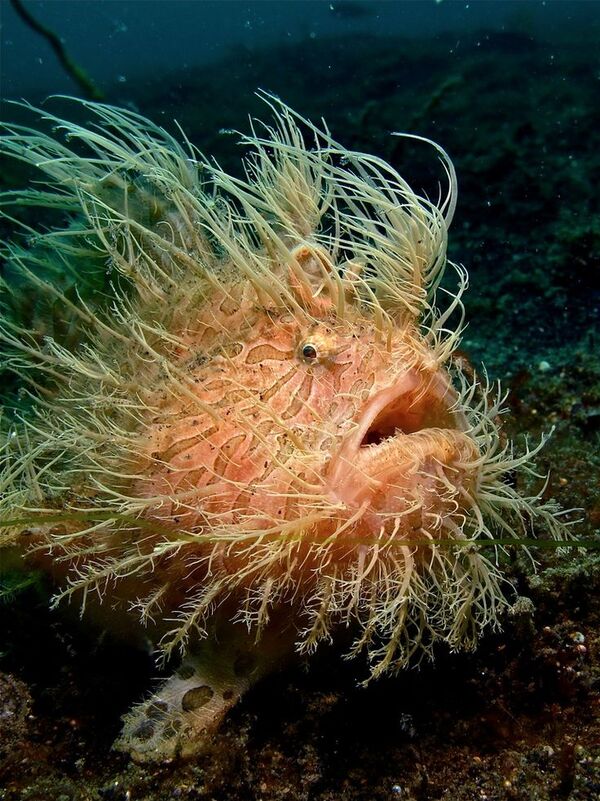
The Hairy Frogfish (Antennarius striatus) is a master of disguise. Found in tropical and subtropical waters, this frogfish is covered in long, hair-like spines that mimic seaweed. These "hairs" allow the fish to blend seamlessly with its surroundings, making it an excellent ambush predator. The frogfish waits patiently, using its hair-like appendages to lure in prey, before striking with lightning speed.
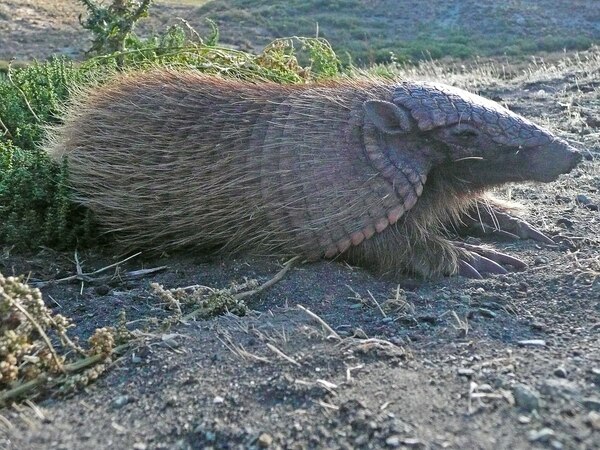
The Screaming Hairy Armadillo (Chaetophractus vellerosus) from South America is notable for the long, bristly hairs that protrude from between its armor plates. These hairs help keep the armadillo warm in cooler environments, and they also add to the creature’s sense of touch, helping it navigate its surroundings. Despite its tough armor, the armadillo’s furry coat gives it a soft, almost cuddly appearance.

The Silkie Chicken (Gallus gallus domesticus) is a fluffy, feathered chicken breed known for its soft, silk-like plumage. Unlike other chickens, Silkie feathers lack the barbs that usually hold feathers together, giving them their distinctive fur-like appearance. Silkies also have blue-black skin and bones, making them one of the most unique and sought-after chicken breeds. Their fluffy feathers and gentle temperament make them popular pets and show birds.
From the deep-sea Yeti Crab to the woolly Mangalitsa Pig, these fuzzy creatures demonstrate how nature continually evolves to adapt to diverse environments. Whether for camouflage, warmth, or even symbiotic relationships with other species, their unique appearances serve practical purposes. Each one offers a glimpse into the vast diversity and creativity of life on Earth, reminding us that even in the most unexpected places, nature finds ways to thrive.
animal tags: Silkie-Chicken
We created this article in conjunction with AI technology, then made sure it was fact-checked and edited by a Animals Top editor.